Information file: 404
From Paramo Delimitation to Zoning and Monitoring the High Mountain
The case of the paramo complex Guantiva-La Rusia
Germán Corzo ▶
Diego Córdoba ▶
Nicolai Ciontescu ▶
Hernando García ▶
Paola Isaacs ▶
Even after delimiting 21 paramo complexes in Colombia, paramo conservation is not ensured. Paramos must be integrated into the surrounding territory, and they should be understood as interdependents ecosystems that are not self-sustainable biogeographical islands.
▲ Continue ▼
As part of conserving paramos and their associated ecosystem services, these ecosystems have been delimited in detail. Yet these endeavors are insufficient for the protection of the ecosystems, for processes of integrated biodiversity management in broader contexts that include ecosystem gradients such as the high mountain are yet to be created.
With this purpose, the Humboldt Institute and the Ministry of Environment present a methodological proposal that uses as a case study the paramo complex Guantiva-La Rusia and includes variables of “status” and “pressure” that represent the conservation status and anthropic threats of the ecosystems. Based on this, guidelines for management, such as social and institutional responses, are formulated for evaluation, feedback, and monitoring to determine their effectiveness.
The hypothesis for high mountain integrity at a semi-detailed scale (1:100,000) is generated based on landscape metrics and ecological connectivity. This is how paramos are integrated with surrounding ecosystems and an ecological structure is ensured to guarantee ecosystem functionality and the offer of ecosystem services. At this point more detailed information may be generated based on developed hypotheses.
Posteriorly, using a land covers analysis, the conservation status of involved ecosystems is estimated at a 1:25,000 scale. Therefore the status of the paramo complex is determined by indicators of composition (total area of the fragment, area and shape of the nucleus) and configuration (distance between fragments) according to the landscape matrix.
The biophysical conditions of surrounding areas and the access that human populations have to natural remnants represent an opportunity for extracting natural resources and thus altering the natural system. In this sense, variables that allow for the identification of pressures in those areas where threats to ecological processes exist must be incorporated. Consequently, indicators of intensity of use (distance to roads and settlements, land use types, and fragmentation) and biophysical vulnerability (fertility and slope) are included in order to evaluate pressures on the ecosystem.
Finally, ecological integrity is estimated based on the status of the fragment and anthropic pressures or human impact. This result leads to the formulation of management guidelines for the areas assessed, using as a framework the established conservation dimensions proposed by the Convention on Biological Diversity (preservation, restoration, and sustainable use) and the particular governance norms of Colombia.
It would be necessary to implement zonification and corroborate formulated integrated management guidelines in the field, as well as generate response indicators to monitor biodiversity under the supposition that ecosystem services are generated in a greater amount when there is a flux of matter, energy, and information in comparison to isolated ecosystems.
Proposal for the integrated management of biodiversity for the High Mountain in the complex Guantiva - La Rusia
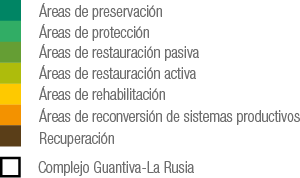
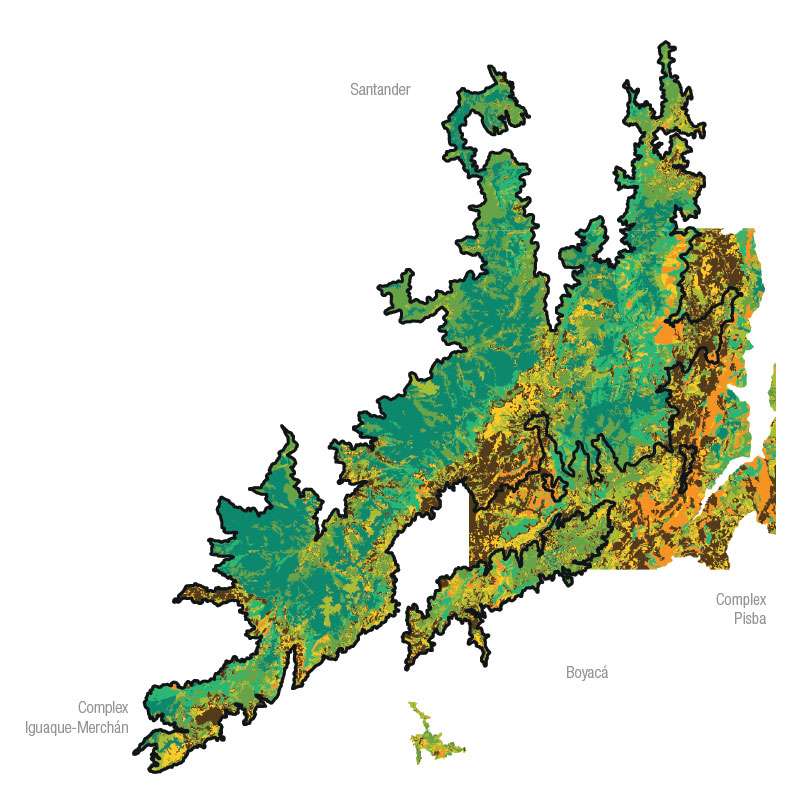
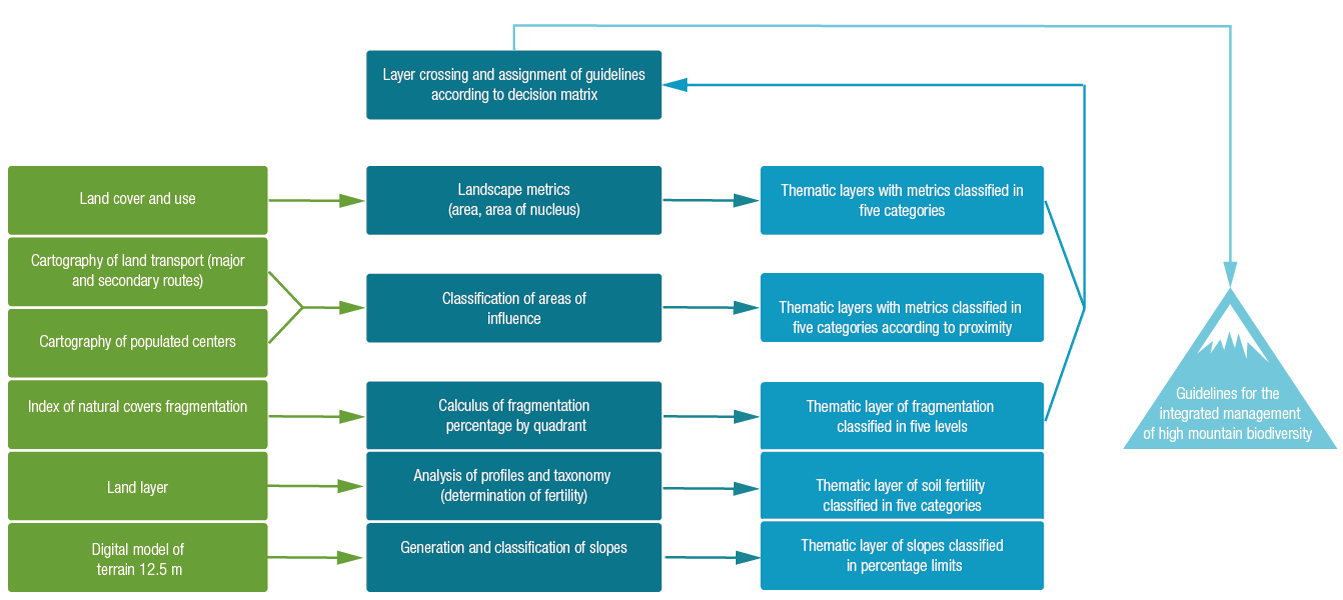
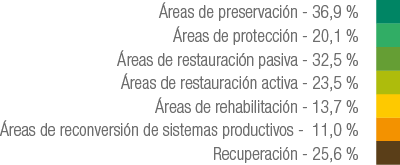
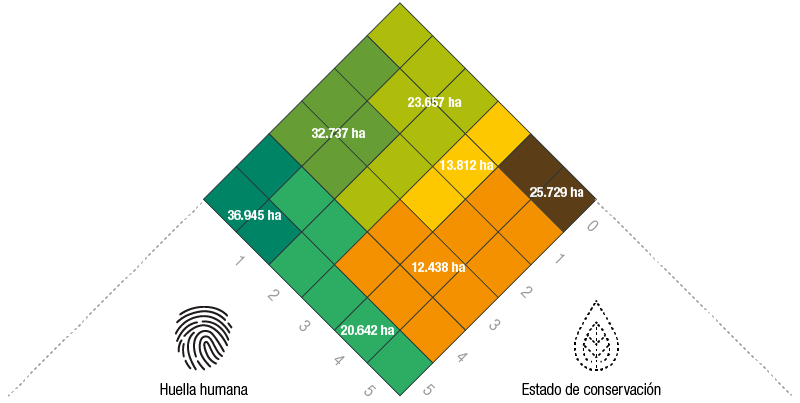
 PDF version
PDF version Methods (in Spanish)
Methods (in Spanish) Share
Share